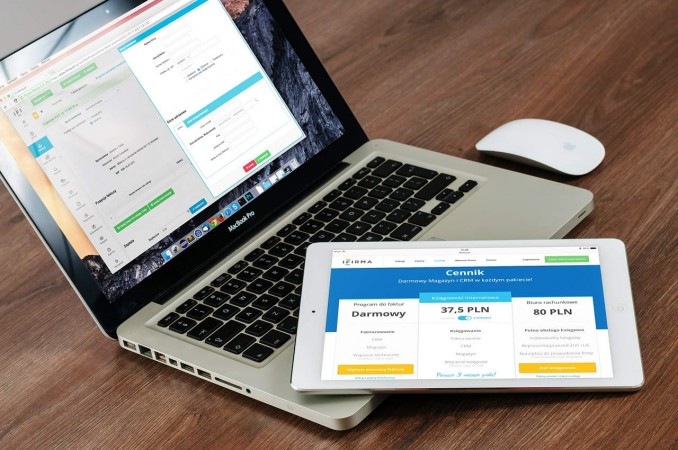If you own website, every now and then you may have heard your marketing specialist complaining about the lack of optimization of your web pages. “The best way to increase your conversions is to build a landing page” – doesn’t that sound familiar? If you already spent so much on your website and had so many pages with a lot of great content, why did you need a new one? And if landing pages are so much better than “common” web pages, isn’t that easier to build the entire website on landing pages?
Well, the answers to these questions are probably simpler than you can imagine. You just need to understand what are the differences a Landing Page and a Web Page. Let’s have a look.
The Basics
Landing pages are, basically, a particular form of a web page. However, their focus and scope are much narrower, such as targeting a very specific audience or gathering clients’ information with a form. Web pages, on the contrary, are a “one-size-fits-all” solutions that should do many things at the same time – namely rank well on Google for SEO purposes, synergize with the other web pages and, ultimately, convert.
The Purpose
Landing pages are exactly what their name suggests. They are places where a visitor “lands” after clicking on an ad (usually as a part of a larger social media or PPC campaign). Their purpose of a landing page is to drive traffic towards a specific marketing goal and are built around a single, narrow intent, such as a sign-up process. There are no other options, no other pages to visit. The landing page has one single purpose – to let the user do something.
Web pages interact with other pages of the website as a coherent structure. They all work together with each other to serve a general strategy and are built to let the user move freely across the website. Their ultimate purpose is to inform the user and tell him something.
The Layout
A major difference between web pages and landing pages is their structure. Landing pages have no distractions: the user must read the content, watch the video, and click on the buttons.
Web pages, instead, are part of a larger website. Many other elements characterize their interfaces, such as navigation items, links that allow the user to move from one page to the other, and common design elements such as logos.
The Audience
Another major difference between a web page and a landing page is the audience. When a user clicks on an ad and “lands” on a landing page, he already showed some interest in your product. Namely, we know his or her intent – for example, to seek compensation after he was injured during a car accident. As a part of your advertising strategy, you already choose the demographics and interests of your audience. Thererefore, the landing page will be tailored upon that specific user, his desires and, to some extent, his personality. With a landing page you already know what to expect from your users, and can concentrate on how to convince them into doing something.
Web pages, on the other hand, can’t be tailored on a specific profile. People may end up on your site via organic searches, so they don’t know exactly who you are or what services you may offer. Because of that they must be very informative and should provide an in-depth explanation of why they should choose you over a competitor. With a web page, they don’t know you as much as you don’t know them. Your purpose is, once again, to inform rather than to call them to some action.
Conclusion
A skilled content writing agency knows that no single solution works every time. Both landing pages and web pages serve their own purposes, and the best way to increase your chances of success is to know when to use one and when to use the other.

Recent Comments